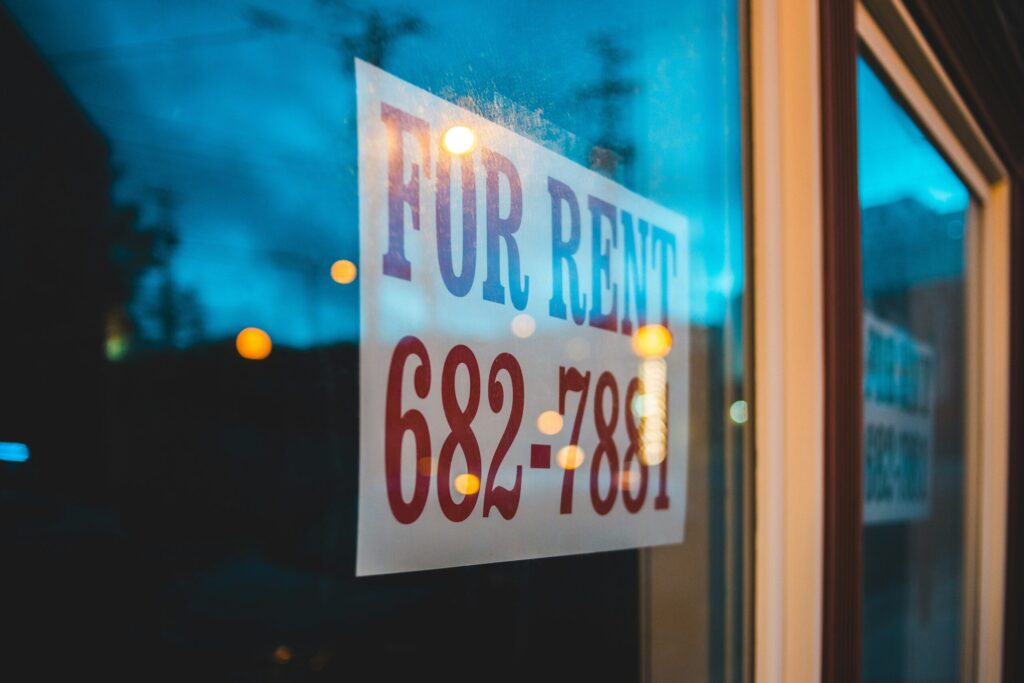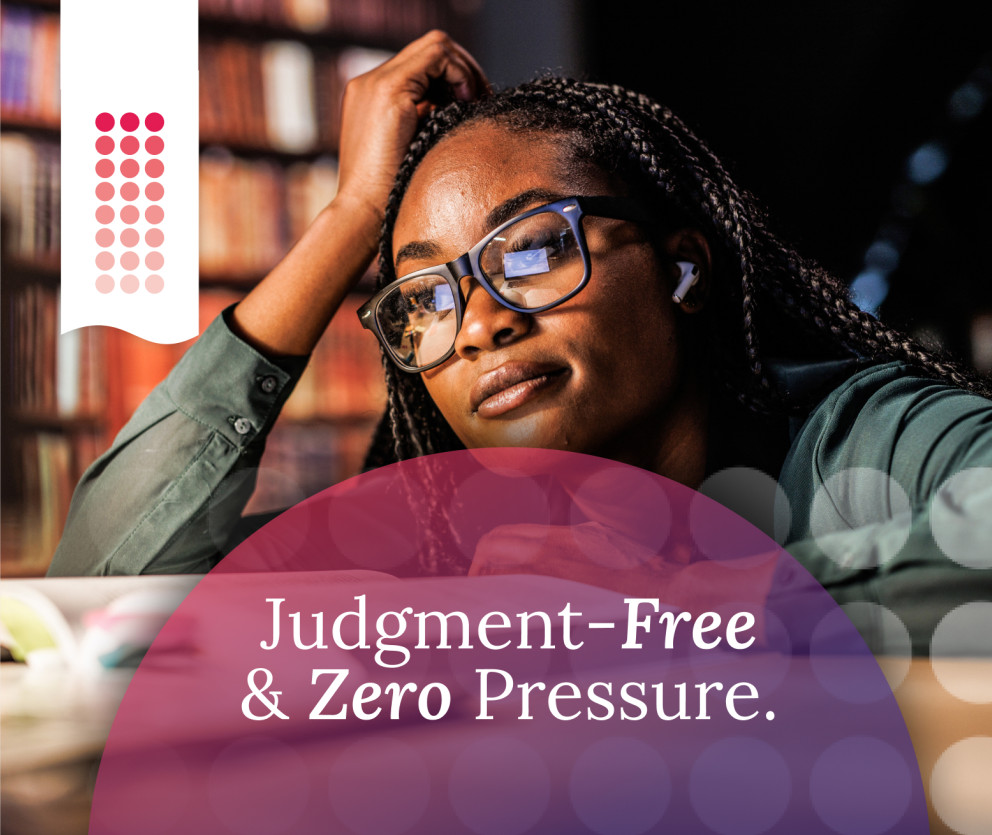Each year, the Office of the Superintendent of Bankruptcy updates the surplus income limits for individuals filing for bankruptcy in Canada. “Surplus income” refers to the portion of monthly household net income that exceeds a government-set threshold based on family size. If your income goes over this amount, you’re required to use half of the excess toward your bankruptcy payments. Here’s the latest table for 2025:
Surplus income limits – monthly thresholds (2025)
| Household size | Threshold (CAD) |
|---|---|
| 1 | $2,6 |
| 2 | $3,318 |
| 3 | $4,080 |
| 4 | $4,953 |
| 5 | $5,618 |
| 6 | $6,336 |
| 7 | $7,054 |
What these numbers matter
These limits help determine how much you’ll contribute to your bankruptcy estate each month. The surplus income payment is 50% of the amount by which your net income exceeds the threshold.
Example:
You’re a household of two with a net income of $3,718/month. The threshold is $3,318, so:
Surplus = $3,718 – $3,318 = $400
Surplus payment = 50% × $400 = $200/month
If your average surplus income exceeds $200/month, the length of your bankruptcy extends from 9 months to 21 months for first-time filers.
What this means for you
If your income is below the threshold, no surplus income payments apply, and your bankruptcy proceeds on the standard timeline – 9 months for first-time filers.
If your net income exceeds the threshold:
- You pay 50% of the surplus to your creditors.
- If the average surplus exceeds $200/month, your bankruptcy term is formally extended by 12 additional months.
These rules are consistent across Canada, regardless of province.
Consumer Proposal – a possible alternative
If you anticipate having surplus income during bankruptcy, a consumer proposal might be a better route:
- You negotiate a fixed monthly payment with creditors.
- Increases in your income do not increase your payment, unlike bankruptcy.
- It can reduce your debt by up to 80%, depending on the arrangement.
- Many debt professionals report high acceptance rates for consumer proposals in Canada – at Spergel, we have a 99% acceptance rate on any consumer proposals we file.
Summary: 2025 vs 2024
- 2024 threshold for 1 person: $2,610 → 2025: $2,666
- 2024 threshold for 2 people: $3,249 → 2025: $3,318
- 2024 threshold for 3 people: $3,995 → 2025: $4,080
The upward adjustment across the board reflects cost-of-living increases and ensures thresholds stay relevant to maintain a reasonable standard of living.
Final thoughts and next steps
- Estimate your net income and household size to determine whether you’ll exceed the 2025 thresholds.
- If you’re near or above the surplus limit, calculate half of the surplus to estimate monthly payments.
- Consult a Licensed Insolvency Trustee (LIT): they can help you:
- Refine calculations based on allowable expenses (e.g., childcare, medical costs).
- Decide whether a consumer proposal is more suitable for your situation.
- Project how long you’d remain bankrupt and what payments to expect.
If you have questions on the surplus income limits 2025, or about paying surplus income, book a free consultation with Spergel. Our expert Licensed Insolvency Trustees will review your financial circumstances and advise you on the best form of debt relief for you. We have been helping Canadians to gain debt relief for over 35 years, and we are here to help you too.



















